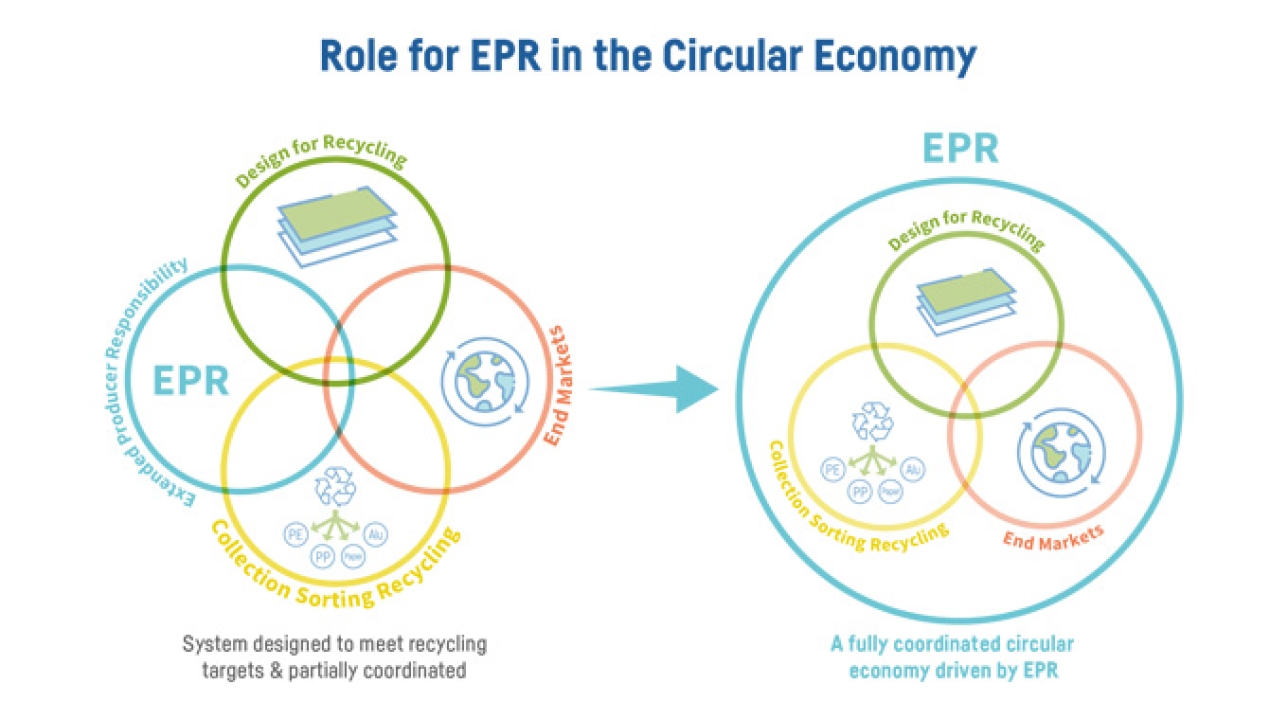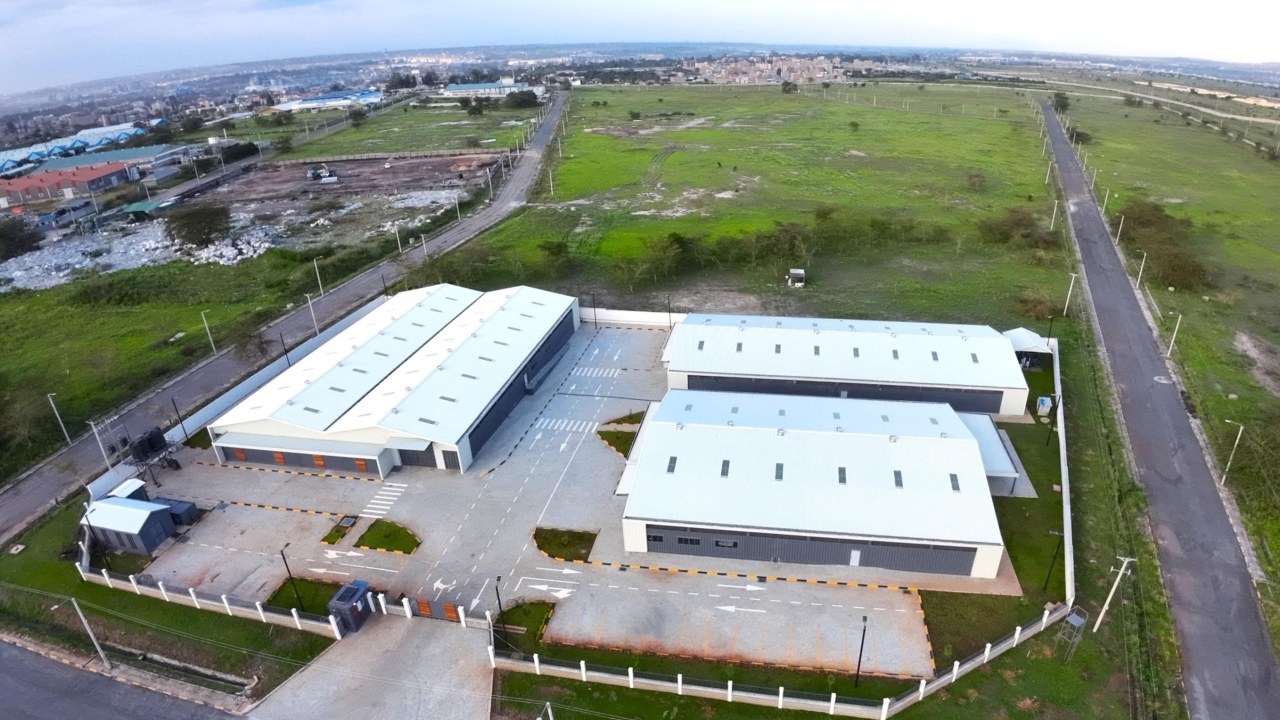CEFlex launches Criteria for Circularity in flexible packaging
The Circular Economy for Flexible Packaging (CEFlex) project, a collaboration of over 180 European companies, associations and organizations, believes Extended User Responsibility (EPR) schemes play a substantial role in the collection, sorting and recycling of post-consumer products. In line with this belief, CEFlex has developed ‘Criteria for Circularity’ as a checklist for EPR schemes and stakeholders to make packaging waste materials circular.

Stay up to date
Subscribe to the free Label News newsletter and receive the latest content every week. We'll never share your email address.

